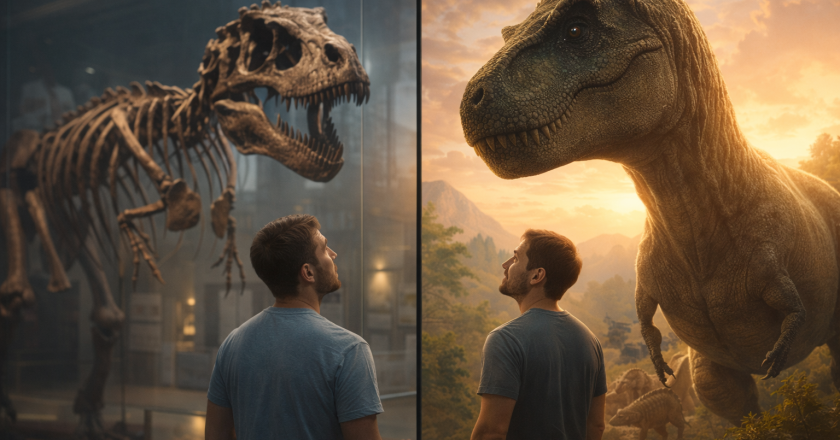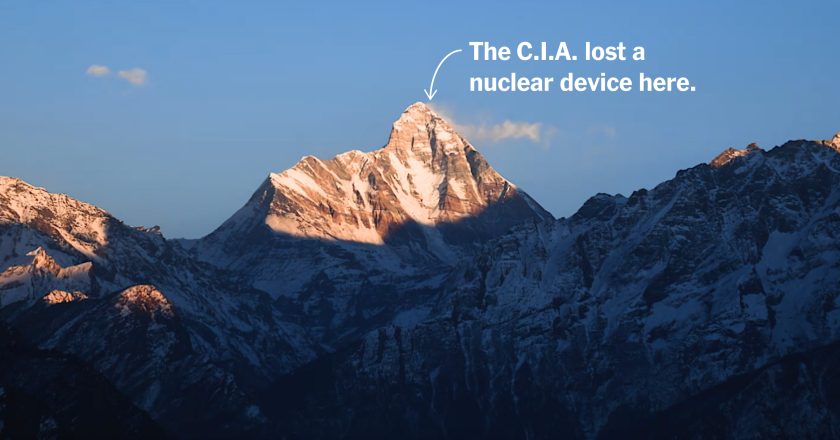The Encyclopedic Novel: Literature’s Most Ambitious and Impossible Form
Few terms in literary studies carry as much weight, mystery, and intellectual ambition as the phrase “encyclopedic novel.” It is a genre that does not merely tell a story — it attempts to contain worlds. A form so vast and intricate that it tries, in one sweeping narrative, to capture the full range of human knowledge, history, science, culture, psychology, philosophy, technology, and myth. To read one is to step inside a gigantic organism. To write one is to wrestle with the very limits of language.
The encyclopedic novel is not just a long book. It is a totalizing work — a novel that behaves like an archive, a philosophical treatise, a scientific manual, a poetic text, and a historical document all at once. Its ambition is not just to entertain but to encompass. To gather the pieces of ...




















